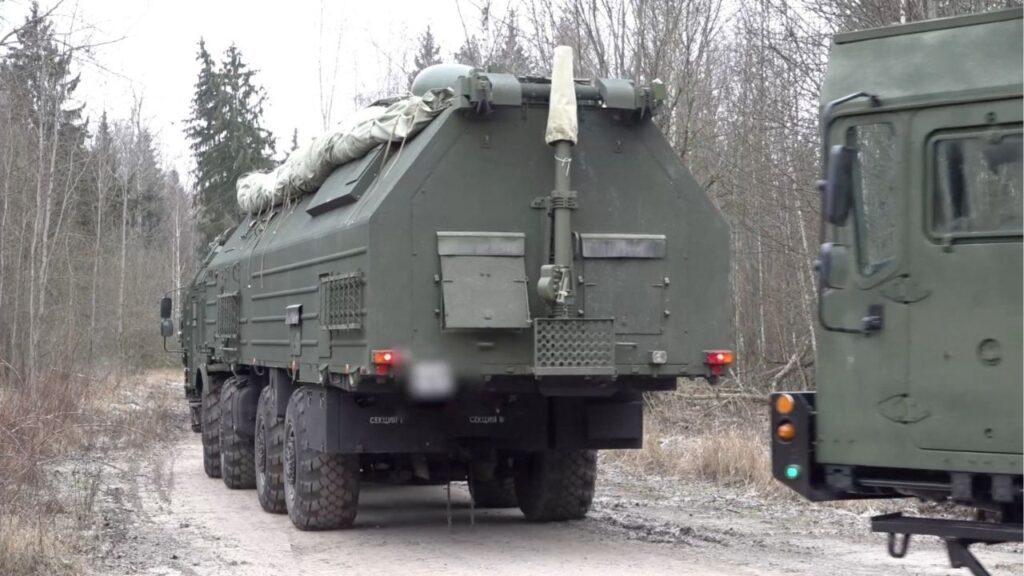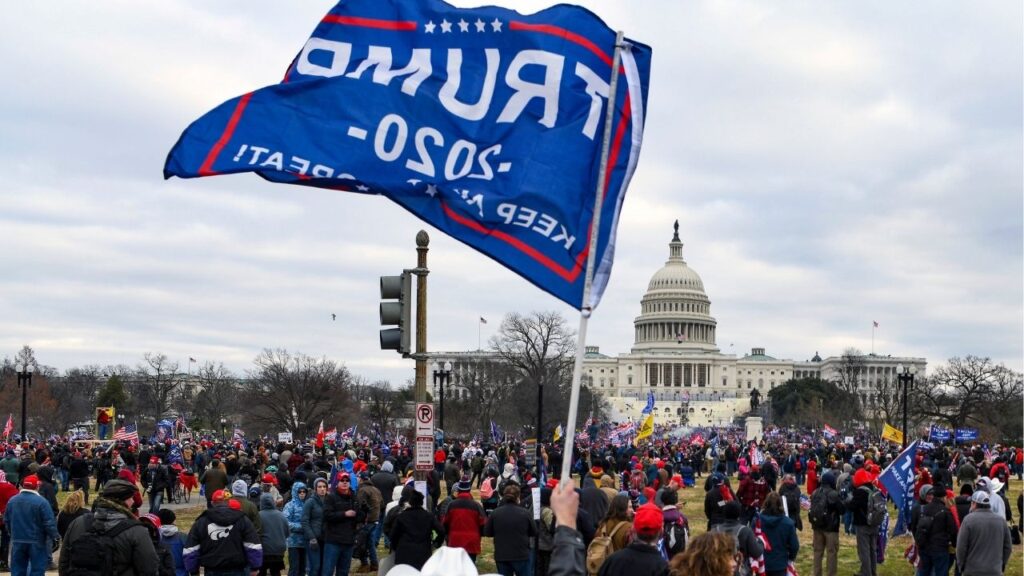Share
Unrelenting commutes. Lost construction jobs. A statewide economic shudder. Prepare for all three if California loses its clean air battle with the Trump administration.

by Rachel Becker
CALmatters
The clash is over proposed federal rollbacks to Obama-era fuel economy and greenhouse gas standards for vehicles. Trump’s Environmental Protection Agency also has proposed revoking a waiver that lets California make its own, stricter tailpipe emissions rules. The final rule hasn’t been released yet — and when it is, California intends to fight it in court.
“Where we’re going to start is litigating,” California Air Resources Board chair Mary Nichols told CALmatters. “And we will not yield on our standards. So we will be enforcing our standards while that goes on.”
Still, she said, there’s no guarantee California will win. In the meantime, the state must conform to air quality goals set by the EPA’s Clean Air Act. Falling short of those goals, Nichols said, could lead to lawsuits from groups that oppose freeway projects.
“Or, the Trump administration, which is showing in many ways these days a desire to hurt California, could decide that they would no longer fund highway programs that have previously been approved,” she said. “And then we would be unable to continue working on a bunch of different projects that are designed to improve traffic flow — because we wouldn’t have the federal funds.”
Major Transportation Projects Could Grind to a Halt
That’s where things get dicey for transportation infrastructure. About 93% of Californians live in parts of the state that aren’t meeting federal standards for pollutants like ozone or tiny airborne particles, according to a recent air board presentation. Transportation planners in these regions must show that road and transit projects won’t make the air worse.
Since California has historically bad air quality and, for now, the EPA’s permission to make its own strict clean car rules, the air board has a custom-built model to estimate emissions. Baked into that model is the assumption that cars are going to get cleaner over time.
If the Trump administration yanks California’s waiver, that assumption breaks down and the model stops working. Instead, major transportation projects could run the risk of grinding to a halt while the state develops a new model for the EPA to approve. “It puts a big monkey wrench into how we deliver transportation projects,” said Chris Schmidt, Southern California planning and modal programs manager with the California Department of Transportation.
If the delays last long enough, federal dollars for some of those projects could disappear altogether thanks to use-it or lose-it provisions in the funding, according to Tanisha Taylor, director of sustainability for the California Association of Councils of Governments, a non-profit representing major transportation planning agencies.
Plans to Roll out New Bay Area Rapid Transit Cars
There are a lot of “ifs” here, but in a worst-case scenario, the association calculates that roughly 2,000 projects totalling $130 billion could be affected. “The ramifications are pretty dire,” Schmidt said. “You’re talking about many, many projects, and we’re talking about lots and lots of money.”
“So that project is somewhat jeopardized,” Chesley said. “It’s arcane — I don’t go home at night and tell my wife about conformity findings. … But it has a real impact.”
In the Bay Area, plans to roll out new Bay Area Rapid Transit cars and extend the train to Silicon Valley could be put on hold. Projects to widen major Bay Area freeways — including Highway 101 across four counties — could stall, too. Randy Rentschler, director of legislation and public affairs for the Metropolitan Transportation Commission, cautions that major projects can stall for many reasons — and the federal rollbacks are just one.
“This is not necessarily the reason why a project might be delayed — but it certainly doesn’t help,” Rentschler said.
Darin Chidsey, chief operating officer of the Southern California Association of Governments, calculates $22 billion of transportation projects across six southern California counties could be delayed. That includes $6 billion to widen parts of Interstate 710 to curb congestion from trucks shuttling goods in and out of the ports of Los Angeles and Long Beach.
For Now, Transportation Planners in Limbo
“Every day of delay costs money,” Chidsey said — citing costs to local residents stuck in congested commutes, to public agencies, and to the local economy. “Twenty-two billion dollars of projects translates into a lot of jobs, a lot of economic activity — it’s critical.”
From that, Valentine said, “If we’re looking at putting at risk $130 billion, we anticipate that there would be some pretty significant impacts to construction jobs and the economy in the state.”
For now, transportation planners are in a state of limbo — anticipating a major setback, but not knowing when or how bad it could be.
“To do a lot of contingency planning is hard to do, because we don’t know what the final rule is going to say,” Caltrans’ Schmidt said. “We’re all concerned, and we’re trying to think about what might the ramifications be — but we don’t know that. And our hope is really that the rule doesn’t get finalized.”
San Joaquin’s Chesley agrees. “The headline is don’t make it tougher to do transportation improvements. It’s already tough enough as it is,” he said. “We want clean air. We want transportation projects. This rule works against both of them.”
CALmatters.org is a nonprofit, nonpartisan media venture explaining California policies and politics.
Categories

Fresno County Firefighters Contain Reedley House Fire


















